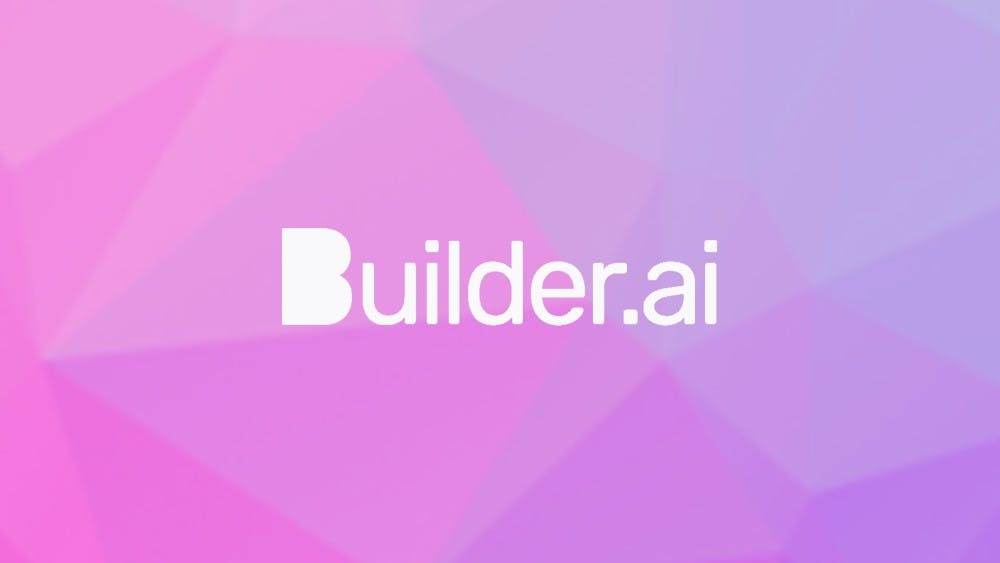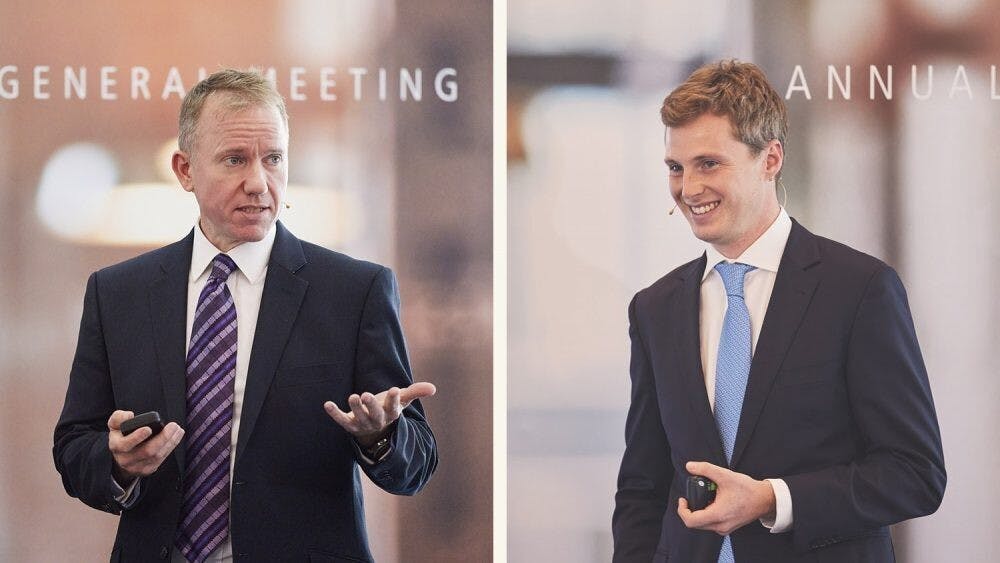Founders' Stories|
The future of software development
I am an engineer who qualified at Imperial College in London and wrote code for software. Now I consider myself a builder, someone who builds ideas into reality, and no longer writes code. engineer.ai’s vision is that everyone should be able to convert their ideas into reality without learning to code. Our mission is to make the way that human ideas go from thought to production as easy as ordering a pizza via an app.
SACHIN DEV DUGGAL, FOUNDER AND CEO, ENGINEER.AI
Henry Ford said, that was silly: instead of using four people to build the same four parts of a car, standard parts should be assembled on an assembly line. And engineer.ai is following that same approach in building bespoke software. From our analysis, 60 per cent of all software is common, yet it is being rewritten again, repeatedly.
We’ve taken the Henry Ford assembly line, put some AI behind it to remove repetitive work, created a library of hundreds of building blocks and connected it to 30,000 engineers working for 100 partners in ten time zones
Part of our vision is to go beyond just building, because the problem with building is that the customer disappears after you build it. We sell BuilderCare to protect the big investments our customers have made and we also sell ongoing services such as hosting, analytics and marketing more cheaply than Amazon Web Services.
This is very important for customers thinking about building software, whether they are big companies or small businesses. They don’t understand the complexity and they don’t want to deal with 15 bills, and it is all done through a single platform which brings together our entire ecosystem.
We are the first platform that allows bespoke software to be broken into its component parts, built in parallel, connected together by AI, delivered three times faster and, in many cases, between five and seven times cheaper than a traditional dev shop.
For example, the customer can pick a base, just as happens when ordering a pizza and then add multiple toppings. This allows customers to communicate their vision – what they want to build – without having to write pages of documentation to explain it.
Customers can be shown a selection of building blocks to customise their software, and engineer.ai immediately shows what each adds to the price. It also suggests features they might need, countries the team should be based in, how fast they need the software, and ongoing extras such as BuilderCare. They can even choose the engineers they want to use - all been rated by us.
Our target audience spent USD550 billion building bespoke software in 2017, and 78 per cent failed. In our world, that entire environment moves online: you do not have to deal with excuses for failures, or with people who disappear in the middle of the job – and the AI sends you information proactively.
We have been in operation for just under four years, and have made money for the last two and a half. In 2017, we made USD24 million in gross revenues and USD6 million in net revenues, recording 2.2x growth year-on-year. This was achieved without raising external money and it is only recently that we have raised capital, first with a seed round in August 2018. A subsequent round of fund-raising brought in Lakestar as an investor which attracted us for its operational mentorship and founder-friendly approach.
This article is part of the Lakestar Briefing, a periodical publication about Lakestar's portfolio companies and our network of inspiring minds we like to work with.
Click here to subscribe










